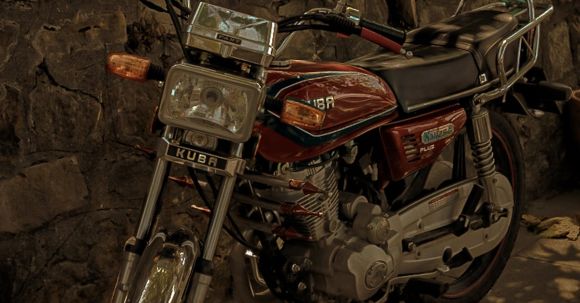Motorcycles offer a thrilling and liberating experience on the open road. However, before one can fully enjoy the joys of riding a motorcycle, it is important to obtain a learner’s permit. This permit serves as a stepping stone towards acquiring a full-fledged motorcycle license. In this article, we will explore the requirements for obtaining a motorcycle learner’s permit, ensuring that aspiring riders are equipped with the knowledge necessary to begin their two-wheeled adventures.
Age Requirements
The first and foremost requirement for obtaining a motorcycle learner’s permit is meeting the age criteria set by the licensing authority. In most regions, the minimum age to apply for a motorcycle learner’s permit is 16 years old. However, it is essential to check the specific age requirements in your jurisdiction, as they may vary.
Written Test
Once the age requirement is met, aspiring motorcyclists must pass a written test before being granted a learner’s permit. This test assesses the applicant’s understanding of the rules of the road, traffic signs, and motorcyclist-specific regulations. It covers a wide range of topics, including safe riding practices, defensive driving techniques, and the proper use of signals. It is crucial for applicants to study the relevant driving manuals and practice exam questions to ensure success.
Vision Screening
A clear vision is imperative for safe motorcycling. As such, many licensing authorities require applicants to undergo a vision screening as part of the learner’s permit application process. This screening typically involves reading a series of letters or numbers from a distance, ensuring that the applicant meets the minimum visual acuity standards set by the licensing authority.
Proof of Identity and Residency
To apply for a motorcycle learner’s permit, applicants must provide proof of identity and residency. This is done to verify the applicant’s identity and ensure that they are a resident of the jurisdiction in which they are applying. Commonly accepted documents for proof of identity include passports, driver’s licenses, and birth certificates, while utility bills or lease agreements are often used to establish residency.
Parental Consent
For applicants who are under the age of 18, parental consent is typically required to obtain a motorcycle learner’s permit. This ensures that parents or legal guardians are aware of their child’s intention to ride a motorcycle and can provide the necessary support and guidance throughout the learning process. Parental consent may be obtained through a signed form or by the parent accompanying the applicant to the licensing office.
Restrictions and Supervision
Once a motorcycle learner’s permit is obtained, it is important to note that there may be certain restrictions and supervision requirements in place. These restrictions may include limits on riding during certain hours, prohibition of carrying passengers, and mandatory supervision by a licensed motorcyclist. It is crucial for permit holders to familiarize themselves with these restrictions and comply with them to ensure their safety and adherence to the law.
Conclusion
Obtaining a motorcycle learner’s permit is the first step towards becoming a licensed motorcyclist. By meeting the age requirements, passing the written test, undergoing a vision screening, providing proof of identity and residency, and obtaining parental consent if necessary, aspiring riders can embark on their motorcycling journey. It is important to remember that a learner’s permit comes with certain restrictions and supervision requirements, which must be followed to ensure a safe and enjoyable riding experience. So, gear up, study diligently, and get ready to hit the open road with your motorcycle learner’s permit in hand.
